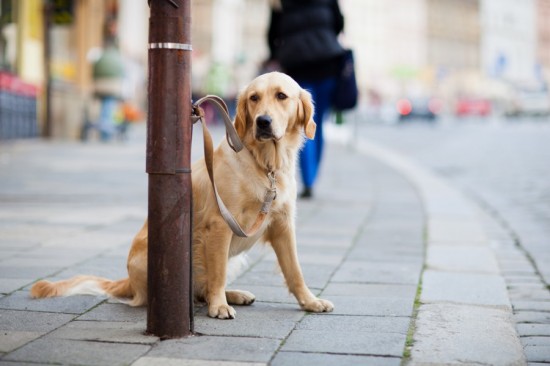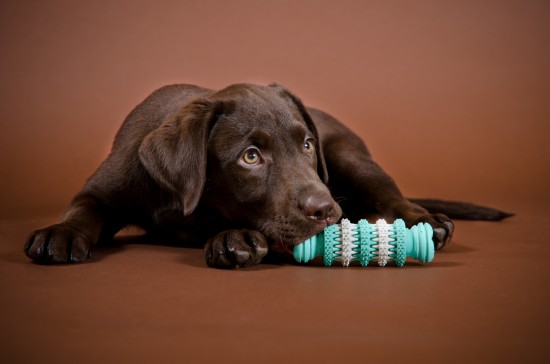

Unfortunately the number of dogs stolen each year is increasing. It has been suggested that this increase could be due to the fact that as many people are struggling for money, some might see an opportunity to make quick money by stealing dogs either to resell or to use for breeding. Pedigree dogs can be worth upwards of £1000 which is why these dogs are so desirable and make them prime targets for dog thieves. However, money isn't the only motivator for dog thieves and another reason dogs may be stolen is so they can be used in dog fighting rings. This means that all dog owners should be on alert and on the lookout as it's not just pedigrees and puppies that are at risk of being taken. Whether dogs are being stolen for money or to become fighting dogs, there is certainly many ways to reduce the risk to owners and to increase the odds of the dog being found if they are indeed stolen.
It would be safe to assume that letting your dog out in the back garden for five minutes to go to the toilet would be perfectly safe. Unfortunately however, more and more dogs are being stolen from gardens and back yards, with criminals patiently watching at a distance and waiting for the right time to pounce. Here are some common locations where dogs are stolen and ways you can try to minimise the risk to your dog:
As you can see there are numerous places where criminals can strike, but the less time your dog is left alone means there are fewer opportunities for the criminals. Your dog is safe to be left in the house alone if you have a burglar alarm and keep your dog in a room that isn't easy to see into from the street.
A dog tag and collar are excellent means in which lost dogs can be found and returned to their owners by honest members of the public. However they will not help once your dog has been stolen because the thief will simply remove the collar and throw it away. This is why micro-chipping is so important. If a dog with a microchip ever visits the vet after having been sold on by the thief, it will quickly be identified and may well be returned to the true owner even years after being stolen.
No matter how careful you are as an owner there is always the chance that your dog could be stolen but, even if the worst should happen, it doesn't have to mean you will never see your dog again. The first thing to do if your dog is stolen is to get word of mouth out straight away. Social networking sites allow information to travel very quickly and within a matter of hours your entire area can be on alert looking for your dog. Get posters printed as quickly as possible and stick them up in the area that your dog was stolen. Offer a reward, obviously the higher the better, and if the reward is big enough it may entice the thief to return the dog to you rather than sell it on. It may be a good idea to state “lost” rather than “stolen” as the word stolen is likely to put the criminals off coming forward with your dog. Contact the police and investigate whether there is any CCTV footage around the area the dog was taken that could be used to identify the thieves. Lastly be on the lookout for sites or places where the thieves may attempt to sell the dog such as internet sites and pet shops or vet notice boards and notify the police immediately if you do come across an advert for your dog.
 Puppy Chewing - Do’s And Don’ts For Managing Things
Puppy Chewing - D
Puppy Chewing - Do’s And Don’ts For Managing Things
Puppy Chewing - D
 Cardigan Welsh Corgi Hereditary Health And Health Testing
Cardigan Welsh Co
Cardigan Welsh Corgi Hereditary Health And Health Testing
Cardigan Welsh Co
 How To Judge The Authenticity And Veracity Of A Dog Breeder
How To Judge The
How To Judge The Authenticity And Veracity Of A Dog Breeder
How To Judge The
 Protecting Your Dog From The “most Poisonous Plant In Britain”
Protecting Your D
Protecting Your Dog From The “most Poisonous Plant In Britain”
Protecting Your D
 Five Of The Easiest Dog Breeds To Train
Five Of The Easie
Five Of The Easiest Dog Breeds To Train
Five Of The Easie
Copyright © 2005-2016 Pet Information All Rights Reserved
Contact us: www162date@outlook.com